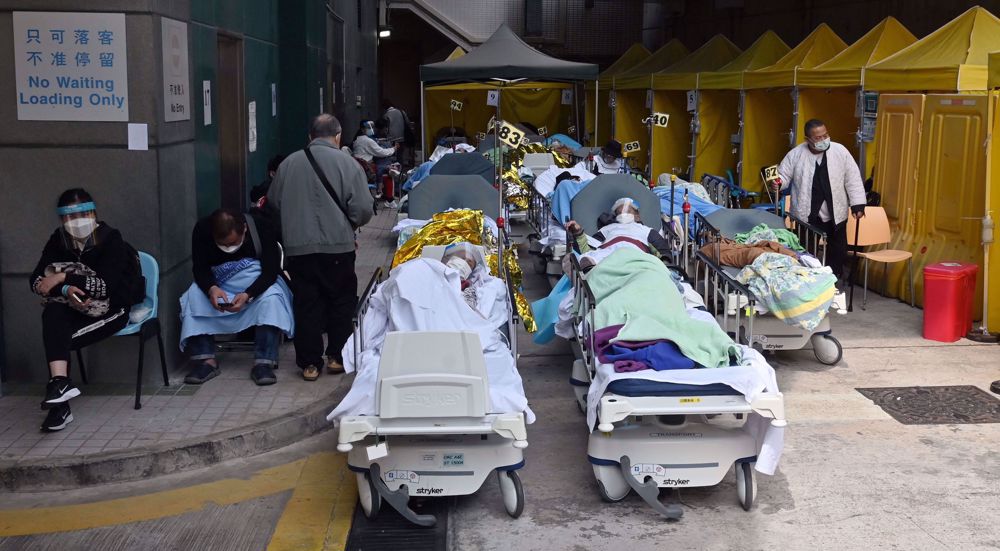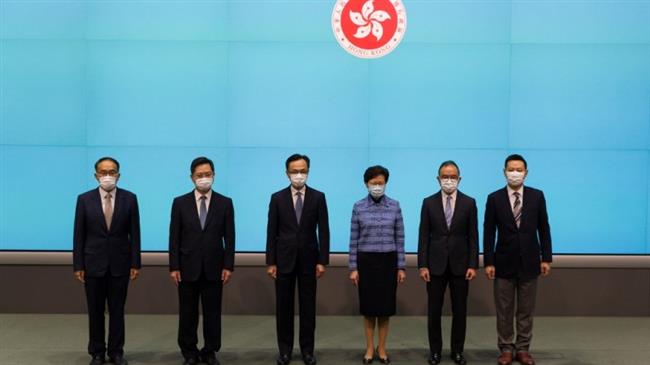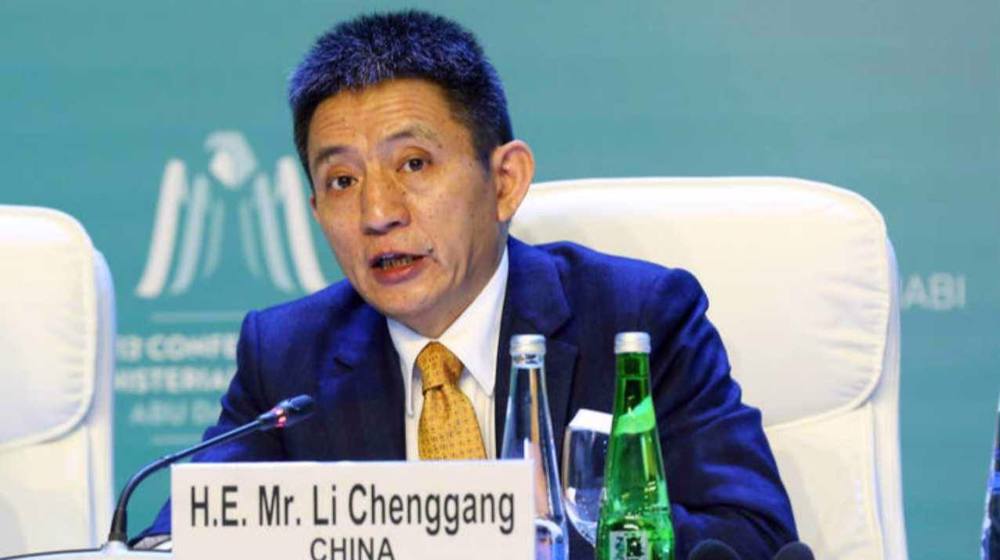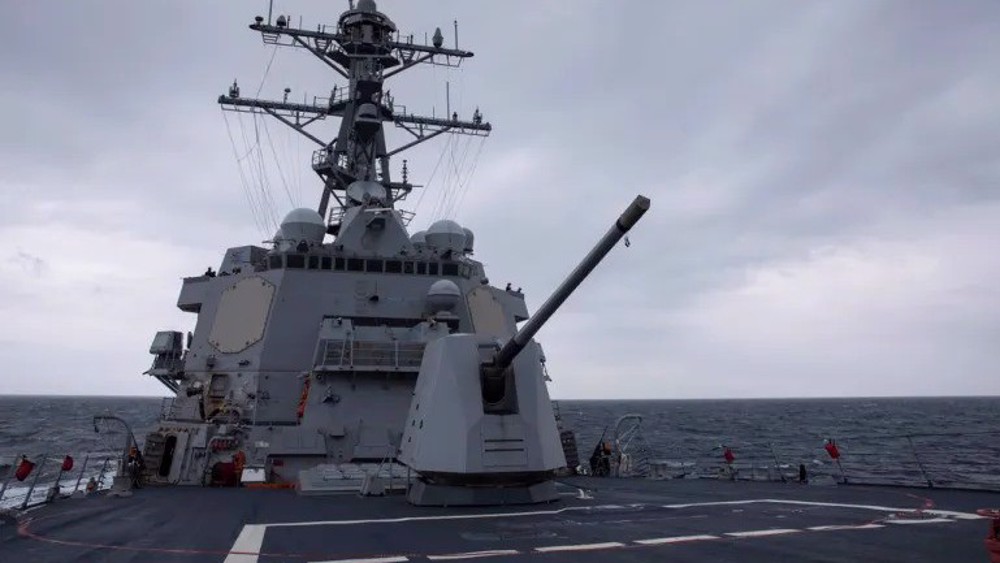Hong Kong in ‘all-out combat’ to curb COVID-19 outbreak with China’s support
Hong Kong authorities say the city is in the midst of an “all-out combat” to curb an unprecedented surge in coronavirus cases, as they are ramping up, with help from mainland Chinese construction teams, the provision of community isolation and treatment units.
On Sunday, officials reported 6,067 new COVID-19 cases, just a day after the government said that the Kai Tak Cruise Terminal, a cruise ship terminal on the former Kai Tak Airport runway in the city, would be fully turned into a dedicated COVID-19 facility with 1,000 beds to mitigate overburdened public hospitals.
At least 15 people have so far lost their lives to the contagious disease.
Images and footage circulated in social media showing patients lying outside public hospitals in the rain and winter cold have shocked many in Hong Kong, urging authorities to offer an apology.
Hong Kong’s top civil servant, John Lee, said in a blog post on Sunday that the global financial hub’s “government has entered a state of all-out combat.”
Carrie Lam, Hong Kong’s embattled chief executive, who attended a ground-breaking ceremony at a construction site for some 10,000 COVID-19 units at Penny's Bay near the city's Disneyland resort, said the initiatives would add to the city's anti-epidemic capacity “within a very short period of time.”
On Friday, she said the election for her post would be postponed by six weeks to May 8 due to “public health risks”, as her city has already tightened travel and business controls.
The Chinese territory’s public hospitals have been severely stretched, forcing patients to wait outdoors in chilly weather. However, they are struggling to cope with the unprecedented influx of patients, including the elderly, many of whom have refused to receive anti-COVID-19 vaccines.
While Hong Kong has so far ruled out a city-wide lockdown, authorities are now considering mandatory testing for its 7.4 million people.
The global financial hub has recorded around 40,000 coronavirus cases and fewer than 300 deaths caused by the disease, far below other major cities. However, some epidemiologists expect daily infections to reach 30,000 by the end of next month.
China has sent epidemiologists as well as critical care experts plus more than 100 testing personnel to Hong Kong. Furthermore, it dispatched mobile testing vehicles.
Authorities say the current outbreak could take up to three months to stabilize.
As healthcare facilities are overwhelmed, authorities have converted public housing estates, rental of commercial hotels and indoor sport centers to temporary sites to shelter patients, adding an extra 20,000 extra units for people who tested positive for COVID-19 but had no or mild symptoms for isolation.
Hong Kong has been governed under the “one-country, two-system” model since the city — a former British colony — was returned to China in 1997.
Israel strikes south Lebanon on Nasrallah’s funeral day, heightening tensions
Trump wants return on Ukraine aid: ‘We’re getting our money back’
The world’s longest tunnel between Iran and Qatar
Lebanese woman who defied ban to raise Nasrallah's photo at Beirut Airport speaks out
Iran reaffirms support for Lebanon, resistance amid Hezbollah leaders’ funeral
Spain, Norway condemn Trump’s scheme to expel Palestinians from Gaza
Syrians call for liberation of Golan Heights, resisting further Israeli land grabs
US B-52 bombers in West Asia do not scare Iran











 This makes it easy to access the Press TV website
This makes it easy to access the Press TV website